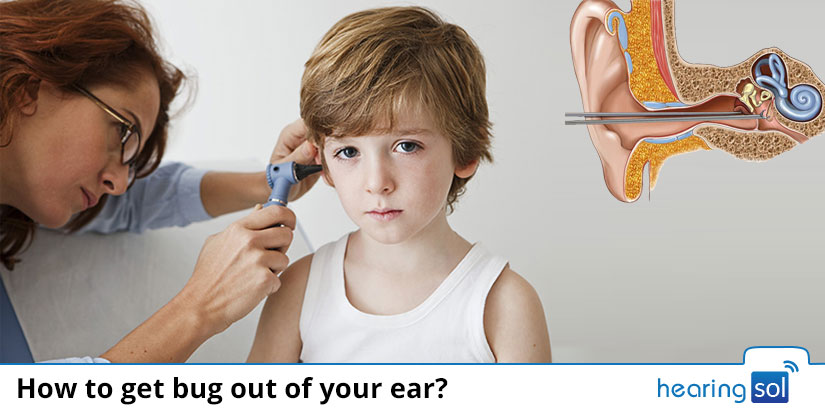
Like any other foreign objects, bug too can be a problem for us, especially when there is a possibility for such insects to enter inside our ear and may cause significant problems thereafter. But don’t worry we will tell you How To Get Bug Out Of Your Ear?
It is often seen that for many people, the thought of having an insect or mite crawling even on the outer ear can be scary.
Although this is not very common, it is possible for any type of bug or mite to enter our ears and even stay in there for quite some time.
You can purchase the latest hearing aids at a fair price through HearingSol If you need any assistance or you have a query regarding How to get the bug out of your ear or Hearing Loss, feel free to call us at +91-9327901950. We are always here to help you.
There are a few different ways that bugs can get inside your ears. It could crawl inside the person’s ears when he/she is asleep, or there could be a bug flying right in the ear when the person is spending time outdoors.
If you feeling itchiness or any other odd sensation in the ear there may be various reasons behind this. It may be an insect, a bug, dirt, or maybe an ear disorder. You have to check it out.
How To Know If There Is Really A Bug In-Ear Or Something Else
Many people might not be aware that they could have a bug or mite sitting inside their ear.
In some cases, a person may even not be able to notice the bug entering inside the ear and may only experience symptoms at a later point in time.
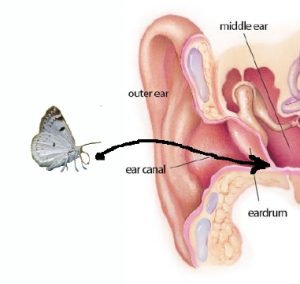
However, the most common symptoms of a bug in the ear are a pain in the ear and discomfort.
The external ear and the outer side of the eardrum have several cranial nerves that relay information to the brain. A foreign object, such as a bug, can irritate these nerves.
At times, it may be possible that the insect might still be alive and may be crawling, which could cause odd sensations in the ear.
Depending on the type of insect, it may also repeatedly bite when it is trying to get out of the ear, which can be painful.
Apart from these, there are additional symptoms which can be seen or felt, if a bug is present inside the ear. These symptoms are:
- A feeling of fullness in the ear
- Swelling
- Pus draining from the ear
- Bleeding from the ear
- Loss of hearing
What To Do When You Have A Bug In Your Ear
Your ears can be sensitive for much other reason. They might also be tender by allergies or weather changes.
In situations, if a bug really is inside your ear, chances are, you may feel biting or stinging or it may either move around causing a tickling or itching sensation when trying to escape.
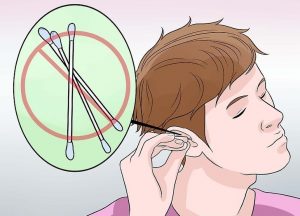
This is also possible that it may simply be dead and have someone dragged it out.
Below are some instructions of what to do when you found a bug in your ear:
- Stay calm: We all know that having a bug in the ear is scary but it is best to stay calm in this situation. Being too active may cause the bug to crawl further causing damage to the eardrum.
- Avoid using tools in the ear: Tools like Q-tip or cotton swab should be avoided as these tools can push the bug deeper and can hurt your nerves or eardrums.
- Locate the Bug: Have someone to shine a flashlight in your ear to try locating and identifying the bug. This will help in diagnosing the bug location which will get you an easy way to take it out.
- Get a comfortable position: To set up for removal, sit somewhere with your head tilted to the side from where the person is helping you out can easily access the ear.
However, in most instances, a bug inside the ear might generally not cause any serious problems. But, given that these are insects, it may occasionally lead to complications.
Thus, regardless of the dangers, the person will anyhow want to have the bug out from his or her ear as soon as possible.
How To Get Bug Out Of Your Ear?
In situations when you have a bug inside your ear, it is quite essential to stay calm when trying to remove the crawling insect.
It is important to note that poking your ear with objects like cotton swabs, tweezers, matchstick, hairpin, etc., can make the situation worse and instead, may push the bug further inside towards the eardrum, which may potentially lead to injuries and hearing loss.
Having a bug in the ear may become unsettling, but becoming anxious or panicking will only make the situation worse. Therefore, it is important to perform this action with extreme caution, care and of course, patience.
Here is step by step procedure that can help you easily remove a bug from the ear and prevent your eardrum from being hurt or damaged.
Procedure To Remove A Bug
1. Wiggle your ear: Gravity is one way to remove the bug from your ear. Tilt your ear towards the ground and wiggle it. Hold the Pinna (outside hanging part of the ear) and give it a wiggle. If the bug is not too deeper in your ear then it might fall out on its own.
2. Let the bug make its way out: If the bug is not too deep in the ear canal and is still alive, it may simply come out on its own. If you stay calm and keep object away from your ears it might be possible that the bug will find its way out of the ear.
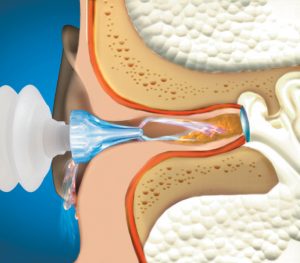
3. Flush the ear with warm water: Hold your head upright and expand your ear canal by pulling the outer ear. Flush your ear with warm water (warm, not hot) with a dropper/bulb syringe. After this, tilt your head to the side for draining of your ear. Don’t irrigate your ear if your eardrum has been raptured. This can avoid additional damage.
4. Use mineral oil to kill the bug: Use mineral, baby or olive oil inside your ear canal to kill the bug. Use only one to two drops of oil. This will help you to stop stinging or eardrum rapture from scratching or biting.
5. Go to the doctor for suction: If the bug is in the ear of a child with a history of ear problems, including frequent infections, or a perforated eardrum, then it is advised to see a doctor as soon as possible rather than trying to remove the bug on your own.
Treatment From Professional
If you are not being able to take the bug out then go to a doctor. A doctor will use a special suction device to remove the bug. This device is also commonly used in earwax removing.
Do not try this at home as it can be dangerous, make sure to visit an urgent care clinic and allow a professional to remove your bug. Doing so will also help you prevent further complications in the ear.
Watch the video below to know how professional doctors remove the bug from the ear:
A bug left in the ear, especially if alive, may try to bite or cause itchiness, which may also cause inflammation or a ruptured eardrum and the infection could also be a risk.
Visit a doctor to get the ear checked thoroughly. Pain and other symptoms usually subside quickly following the removal of the bug.
However, if there are any bites or scratches resulting in inflammation of the ear, it can take a couple of days for the swelling to heal completely.
In other situations, a doctor may also prescribe antibiotics that might be necessary to treat or prevent infection in the ear.
Steps To Do After Taking The Bug Out
After removing the bug from your ear follow these instructions to keep your ear completely out of harm:
1. Inspect missing part of the bug: Make sure you or your doctor have completely removed it from your ear. If any part is missed, it may cause further problems like an ear infection. Carefully check whatever object you remove from your ear.
2. Slow down: Removing a live insect from your ear is a stressful process. Suctioning of your ear can also cause slight dizziness because of stress in the middle ear. Do not stand up too quickly and avoid emphatic exercise for at least two days after the procedure.
3. Watch for signs of infection: Signs of an ear infection are swelling, dizziness, hearing loss, fever, and pain. Look out for these signs because a bug can have caused damage to your eardrum before it was removed.
4. Follow up with a doctor: If you are not sure about the complete removal of the bug or you are worried about further infection, make an appointment with an Otolaryngologist, an ear specialist.
Precautions
Although there could be no way to ensure that a bug never crawls into the ear, especially when you are outdoors, but taking a few precautions can really help in reducing or completely preventing the risk. These include:
- Apply insect repellent on the ear when spending time outside.
- Always keep your home clean and tidy to reduce the likelihood of having insects breeding inside your home.
- Wear earplugs when camping or trekking etc.
- Here are some tips for you to choose suitable earplugs:
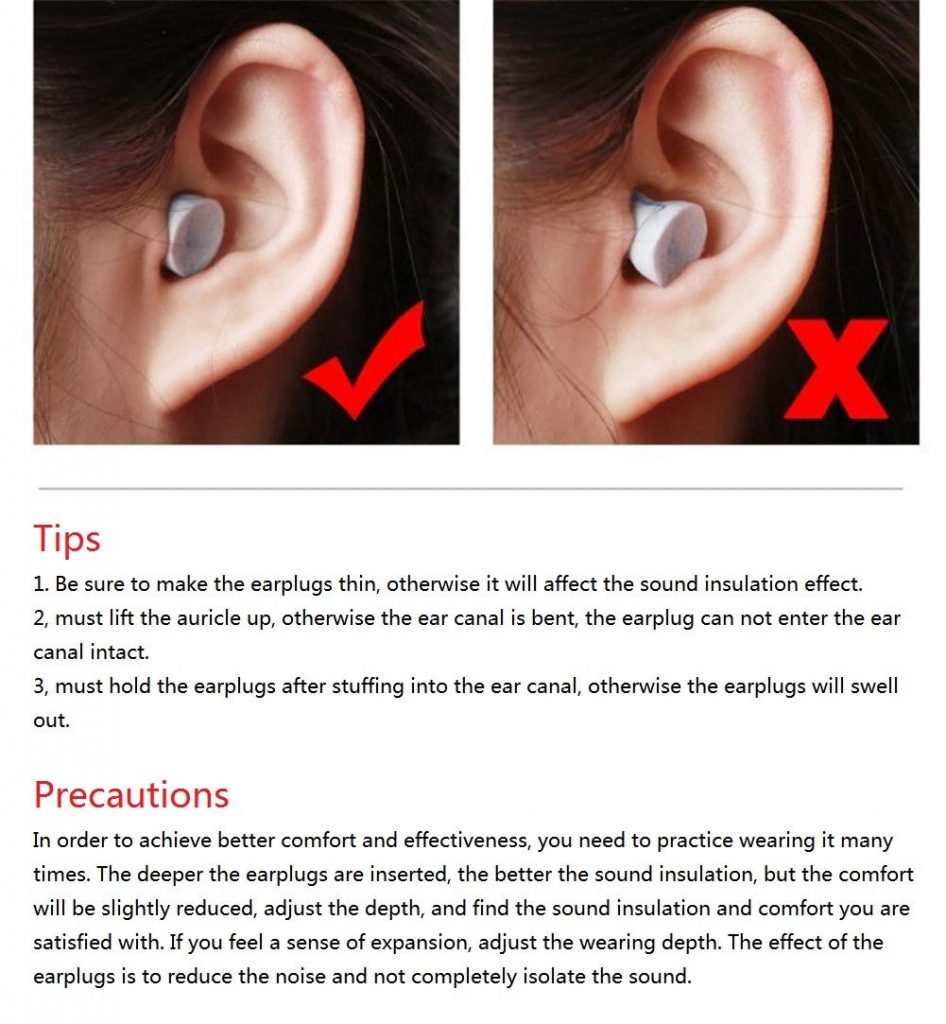
Thus, keeping in mind these simple but important precautions can keep you protected against any type of bugs or mites from getting inside your ears and causing problems.
You can purchase the latest hearing aids at a fair price through HearingSol If you need any assistance or you have a query regarding How to get the bug out of your ear or Hearing Loss, feel free to call us at +91-9327901950. We are always here to help you.

 Reviewed by Mr. Ranjeet Kumar
Sr. Audiologist, Speech Therapist & Cochlear Implant Specialist, BASLP on
Reviewed by Mr. Ranjeet Kumar
Sr. Audiologist, Speech Therapist & Cochlear Implant Specialist, BASLP on